Lacquer paintings are Vietnamese trademark
 |
|
A lacquer painting entitled Thieu nu |
Over the past 80 years, Vietnamese lacquer masters reached milestones in developing traditional crafts towards artistic creativity.
Mai made the conclusion after listening to ten presentations and opinions from the seminar participants.
The
Participants were introduced to the concept of lacquer painting; the history of lacquer art; as well as specific requirements for lacquer materials and the preservation and restoration of lacquer paintings at the Vietnam Museum of Fine Arts.
From the German Museum of Lacquer Art Munster, director Monika Kopplin introduced the style and techniques developed by European lacquer artists, whilst Dave van Gompel from the Netherlands, an expert in the restoration of Japanese lacquer painting analyzed Japan’s modern lacquer works in the context of preservation and development.
Expert Gompel also said that artists must respect the old, but not fear the new. They should avoid the widening gap between artists and craftsmen; cherish the material, farmers and tool makers; invest in education and communication; explore markets outside Vietnam and invest in conservation and preservation.
The first Vietnamese lacquer paintings were made by students at École Superieure des
The Vietnamese people had been using resin from the lacquer tree to make crafts and valuable objects for hundreds of years, including objects of religious value.
He noticed the beautiful gilded and lacquered objects and architectural elements. He suggested his students experiment with lacquer resin as a painting material, as an alternative to the traditional western technique of oil painting," said artist Doan Van Nguyen, who is a veteran lacquer painter and lecturer at the Vietnam Fine Arts University.
Nguyen stressed that Vietnamese lacquer was quite different from its Chinese counterpart.
Art critic Nguyen Hai Yen also participated in the seminar. She spoke about lacquer master Nguyen Gia Tri. He was one of the first artists who took up lacquer resin as a new painting medium and is now considered the greatest exponent of Vietnamese lacquer painting.
Yen said that during the early part of Tri’s career, his lacquer paintings accorded with the romantic colonial style and ideas, but he soon began experimenting successfully with more abstract concepts.
Yen also expressed her desire to make lacquer paintings a Vietnamese trademark in the world.
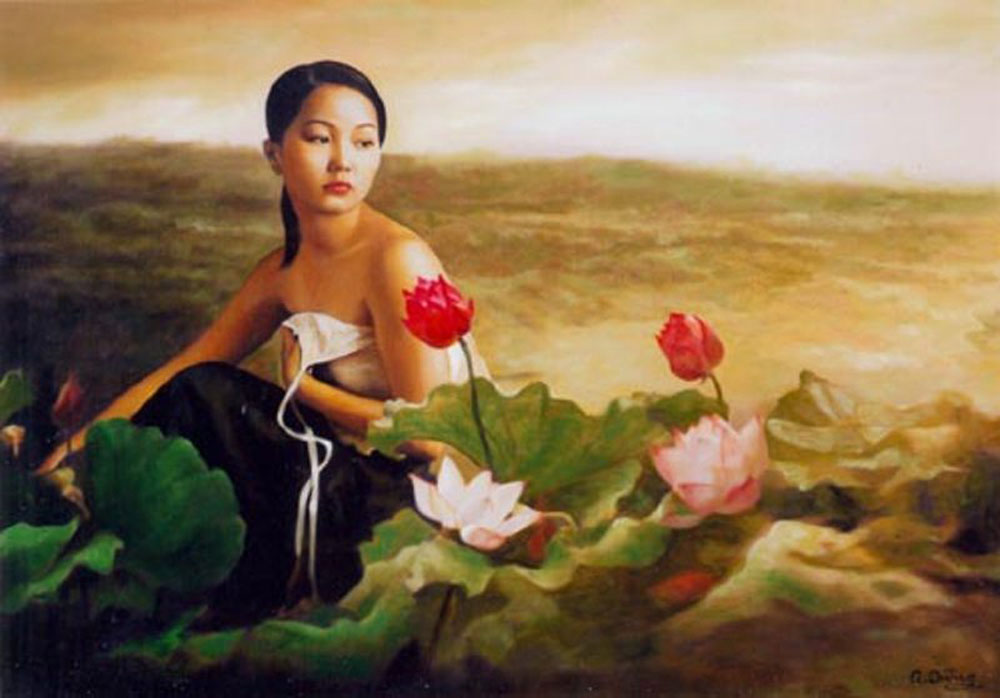 |
|
The lady by the lotus. |
Lacquer painting was a milestone for Vietnamese fine art, but how it will be preserved in the museum is an issue that many participants at the seminar were concerned with. The museum’s former deputy-directors Nguyen Anh Nguyet and Nguyen Xuan Tiep gave presentations about lacquer painting preservation in the museum.
Nguyet highlighted achievements in restoring some masterworks, including Nguyen Gia Tri’s masterwork Thieu Nu Trong Vuon (Girls in The Garden). The painting was damaged by bullets in the American war. The big holes were treated but the lines and colors were not. Meanwhile, Tiep is worried about backward infrastructure and urges the use of technology to preserve the lacquer painting collection in the museum.
Deputy Director Mai thanked the participants for attending the seminar and highly appreciated the opinions which will help the museum to preserve, restore and popularise Vietnam’s lacquer paintings.
Source: VNS/VNA
 Bắc giang
Bắc giang


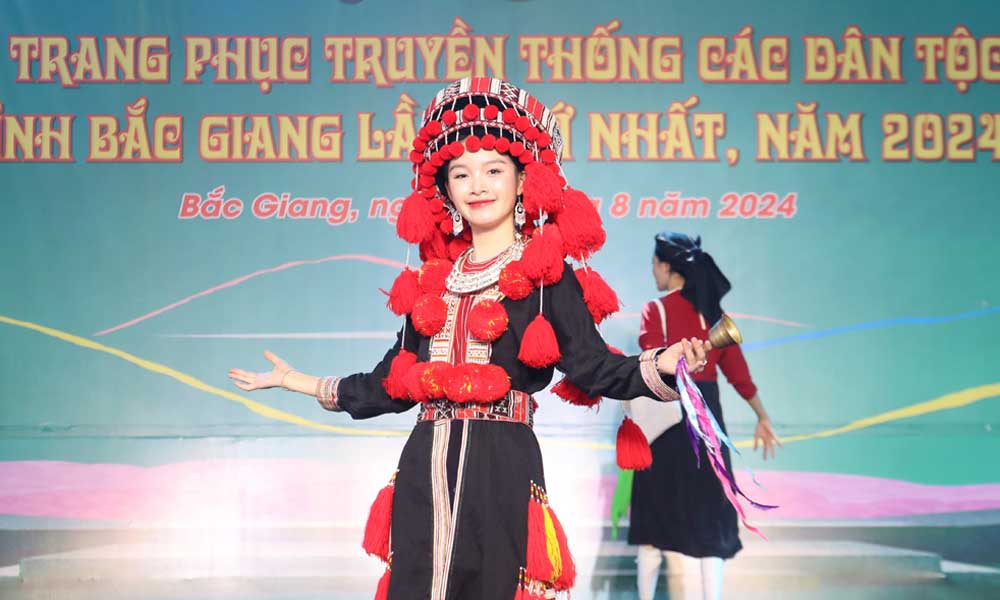

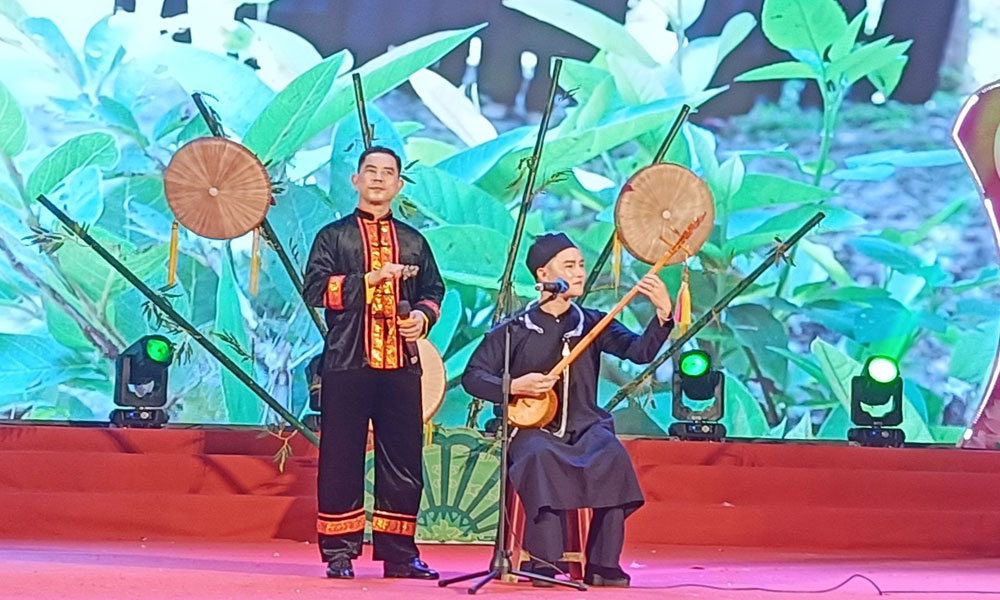

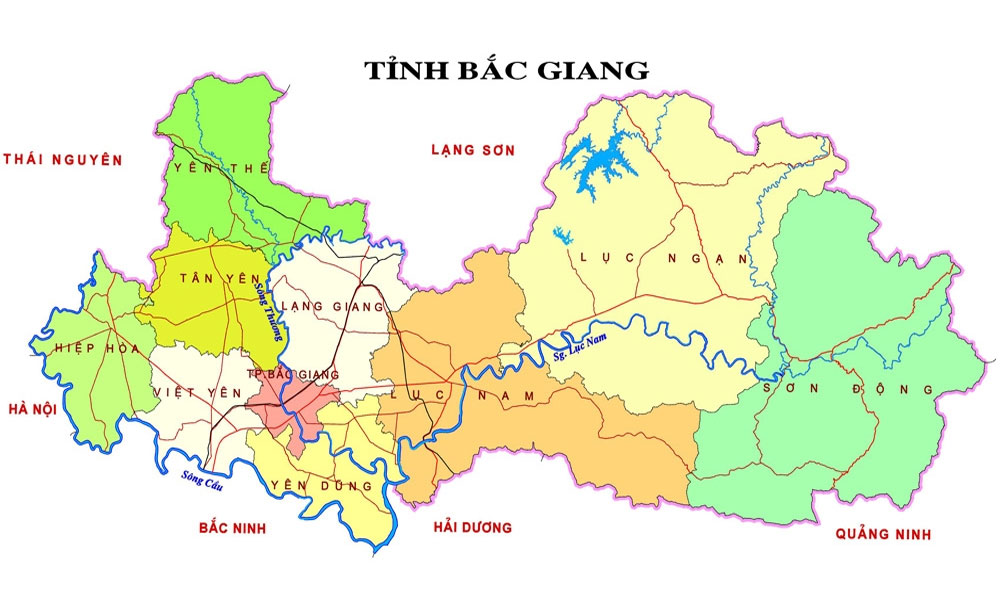

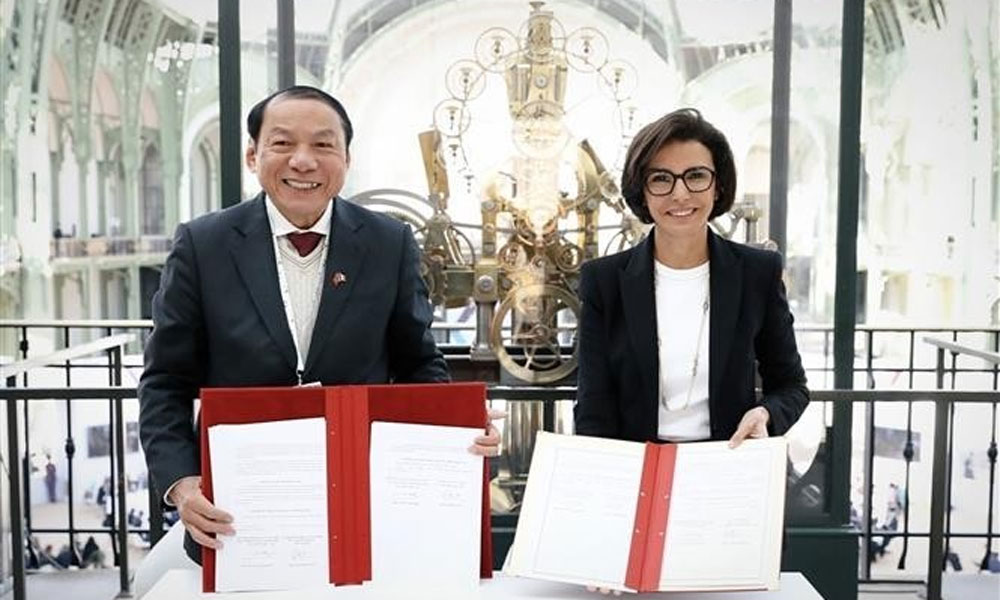

Reader's comments (0)